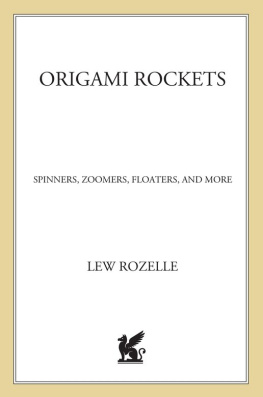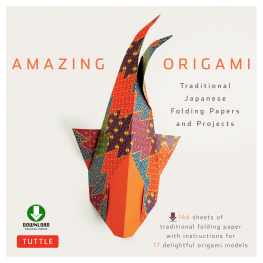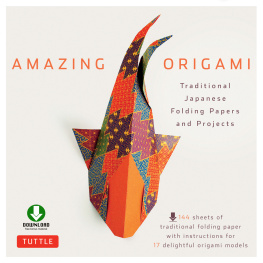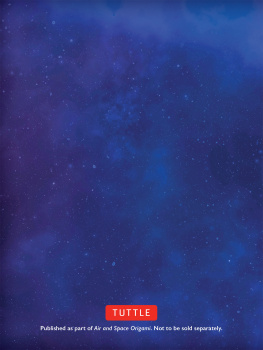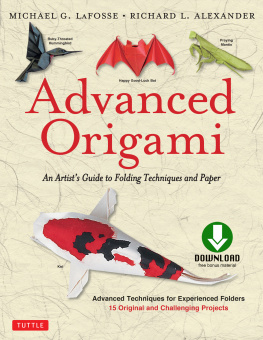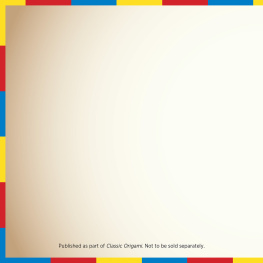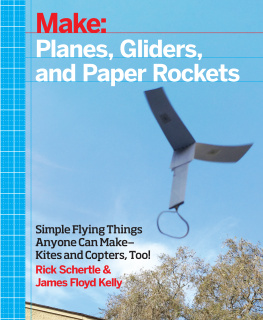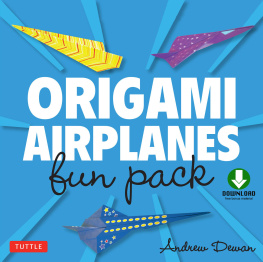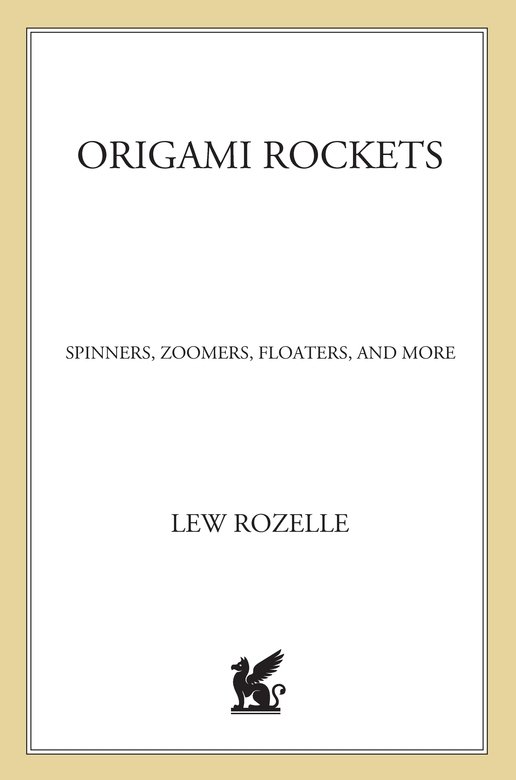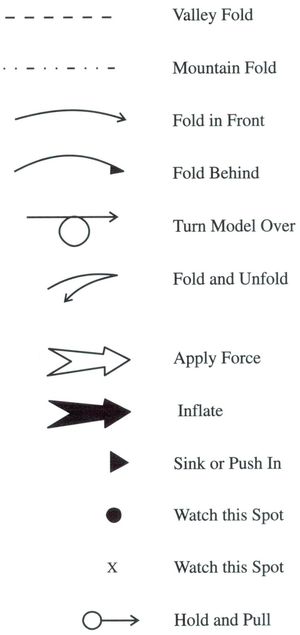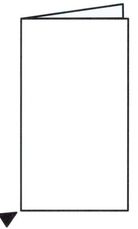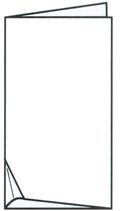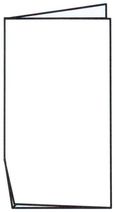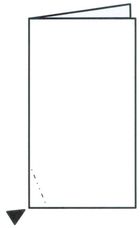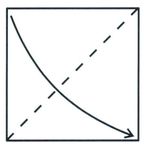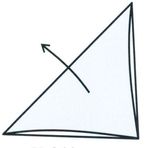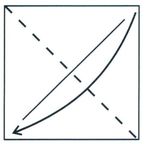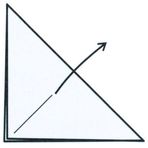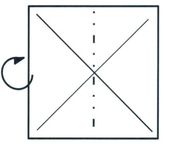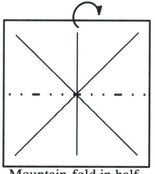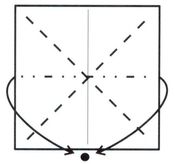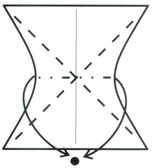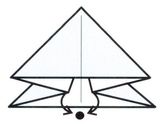Lew Rozelle - Origami Rockets: Spinners, Zoomers, Floaters, and More
Here you can read online Lew Rozelle - Origami Rockets: Spinners, Zoomers, Floaters, and More full text of the book (entire story) in english for free. Download pdf and epub, get meaning, cover and reviews about this ebook. year: 1999, publisher: St. Martins Publishing Group, genre: Children. Description of the work, (preface) as well as reviews are available. Best literature library LitArk.com created for fans of good reading and offers a wide selection of genres:
Romance novel
Science fiction
Adventure
Detective
Science
History
Home and family
Prose
Art
Politics
Computer
Non-fiction
Religion
Business
Children
Humor
Choose a favorite category and find really read worthwhile books. Enjoy immersion in the world of imagination, feel the emotions of the characters or learn something new for yourself, make an fascinating discovery.
- Book:Origami Rockets: Spinners, Zoomers, Floaters, and More
- Author:
- Publisher:St. Martins Publishing Group
- Genre:
- Year:1999
- Rating:4 / 5
- Favourites:Add to favourites
- Your mark:
Origami Rockets: Spinners, Zoomers, Floaters, and More: summary, description and annotation
We offer to read an annotation, description, summary or preface (depends on what the author of the book "Origami Rockets: Spinners, Zoomers, Floaters, and More" wrote himself). If you haven't found the necessary information about the book — write in the comments, we will try to find it.
They float! They fly! They zoom! They spin! They even land on their feet! Origami Rockets: Spinners, Zoomers, Floaters, and More presents how to create inflatable paper folding projects that actually take flight. From a few basic designs, this how to do orgami book offers more than fifty unique paper toy rocket creations including:
-Sweptwing rockets
-Landers
-Gliders
-Shortnosed spinner
-And even a lunar lander
With step-by-step instructions on how to fold and inflate rockets into three-dimensional crafts, this origami how to book also features directions on the best methods of throwing their rockets and making them soar. In addition, advanced paper folders will learn how to develop new designs and experiment with making rockets that will go farther, higher, and faster.
No cutting or gluing required! With Origami Rockets, even beginners can create flying machines with only paper and air.
Lew Rozelle: author's other books
Who wrote Origami Rockets: Spinners, Zoomers, Floaters, and More? Find out the surname, the name of the author of the book and a list of all author's works by series.

